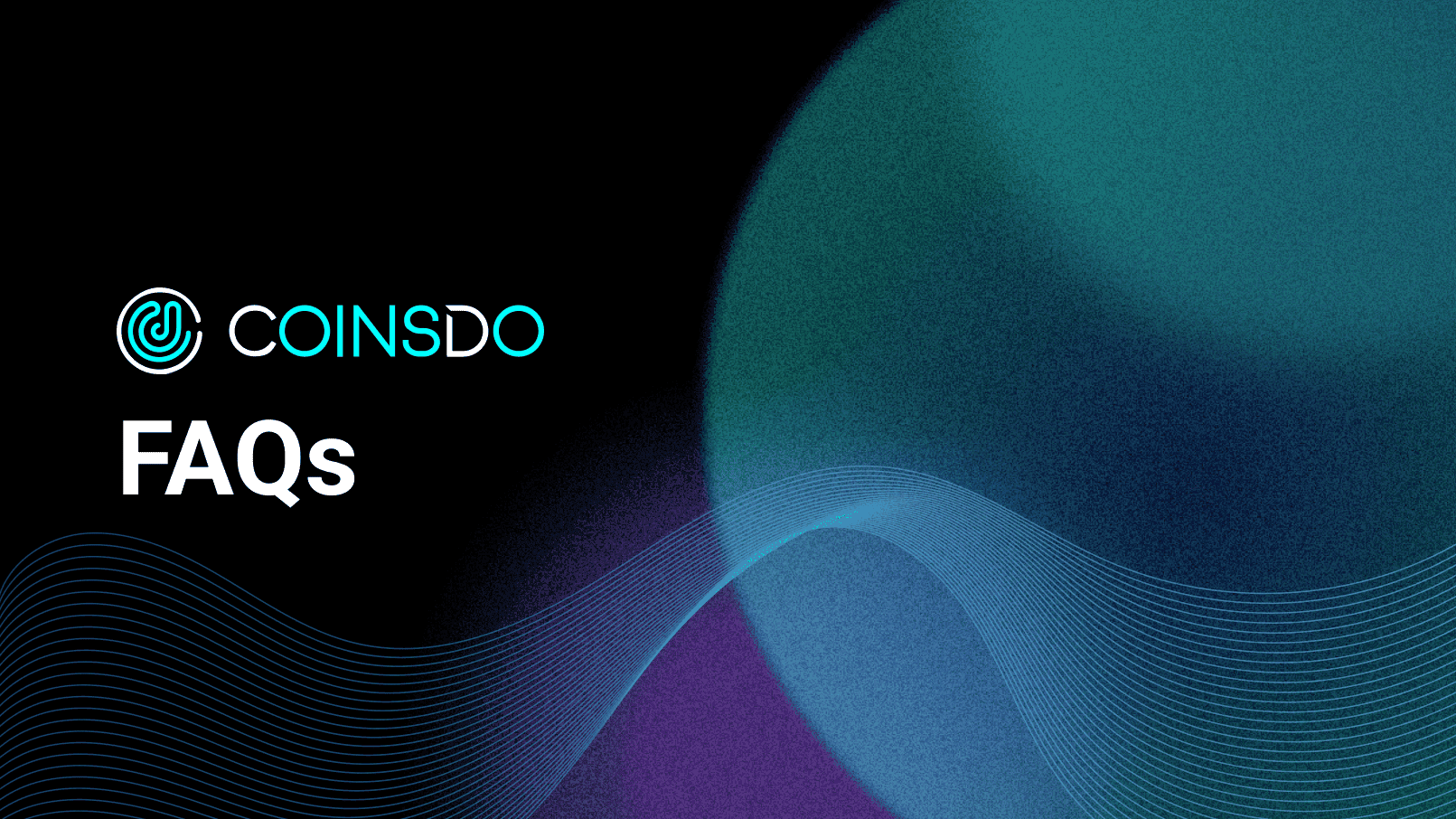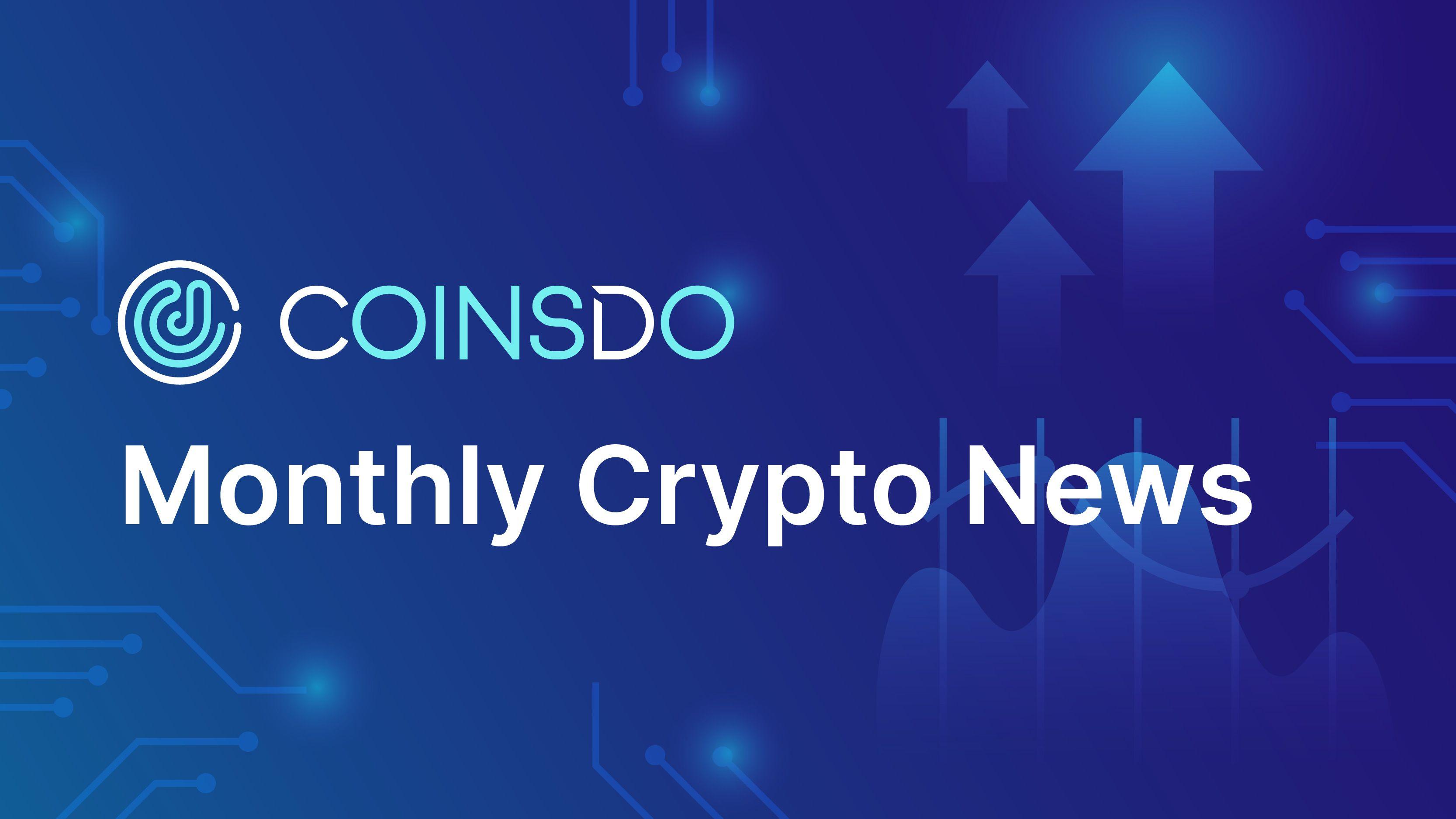
6 min read
What are Gasless Transactions? Are They Legitimate?
As blockchain technology continues to reshape how we exchange value and information, one of its most persistent barriers remains transaction fees—commonly known as “gas fees.” These fees, especially on networks like Ethereum, have historically made blockchain interactions costly and confusing for everyday users.
Enter gasless transactions—a breakthrough innovation designed to eliminate this friction and drive mainstream adoption of decentralized applications (dApps). In this article, we’ll explore what gasless transactions are, how they work, and why they’re essential to the future of Web3.
What Are Gasless Transactions?
Gasless transactions refer to blockchain transactions where the user does not pay the gas fee required to execute or confirm the transaction on-chain. Instead, these fees are either sponsored by a third party (such as the dApp developer or a relayer) or abstracted away from the user entirely.
In essence, users can interact with a blockchain without having to hold or spend the native token (e.g., ETH on Ethereum) to cover the transaction cost.
This concept is particularly powerful for onboarding non-crypto-native users who may not be familiar with token economics or wallet mechanics.
Why Do Gas Fees Exist in the First Place?
Before we dive deeper, it's helpful to understand why gas fees exist:
- On blockchains like Ethereum, gas fees are incentives paid to validators (or miners) to process transactions and execute smart contracts.
- Gas fees help prevent spam and ensure network security and stability.
- Each operation on a smart contract consumes a certain amount of computational power, measured in "gas units."
- The total fee is calculated as: Gas Units x Gas Price = Total Gas Fee
- If you go over your gas limits, your transaction will fail.
While necessary for network health, these fees can become prohibitively high—especially during network congestion.
How Do Gasless Transactions Work?
Gasless transactions are typically enabled using a concept called meta-transactions. Here’s how it works:
- User signs a transaction off-chain using their private key. This transaction doesn't include any gas payment.
- A relayer service or dApp backend takes the signed transaction and broadcasts it to the blockchain, paying the gas fee on the user’s behalf.
- The relayer can be:
- A business subsidizing the transaction cost to onboard users.
- A third-party infrastructure provider monetizing through other means.
- On-chain, smart contracts use tools like EIP-2771 (Trusted Forwarder pattern) to verify the true sender of the transaction and ensure authenticity.
This architecture allows dApps to maintain trustless interactions while offering a Web2-like user experience.
Benefits of Gasless Transactions
1. Lower User Friction
Most new users don’t want to go through the hassle of purchasing ETH or MATIC just to use a dApp. Gasless interactions eliminate this hurdle, allowing immediate access without setup overhead.
2. Faster User Onboarding
Removing the need for gas tokens means users can start using apps right after creating a wallet. This is especially valuable for NFT platforms, DeFi tools, and blockchain-based games.
3. Improved UX for Mainstream Adoption
By abstracting away blockchain complexity, gasless models help dApps deliver the kind of seamless user experience people expect from traditional apps.
4. Enhanced Retention and Engagement
Users are more likely to stick around and explore when they don’t worry about running out of gas tokens or facing unpredictable fees.
5. Flexible Monetization Models
dApps can choose to sponsor fees strategically—for example, offering a certain number of free transactions per month or for specific actions (e.g., first NFT minting).
Use Cases of Gasless Transactions
🎮 Blockchain Gaming
Games built on blockchain can use gasless transactions to let users mint in-game items, battle, or trade assets without worrying about wallet balances.
🛍️ NFT Platforms
Platforms can offer free NFT minting or token-gated content without requiring ETH, making the experience more inclusive.
🧠 Onboarding New Users
Projects targeting emerging markets or non-crypto-native audiences benefit greatly from removing the “buy ETH first” step.
🏦 DeFi Access
DeFi protocols can lower entry barriers for users by covering the gas fees associated with staking, swapping, or providing liquidity.
Challenges and Trade-Offs
Despite the benefits, gasless transactions also raise some considerations:
- Centralization Risks: Many gasless solutions rely on relayers or backend systems, which may become central points of failure or censorship.
- Abuse and Spam: Without careful design, free transactions can be exploited by bots or malicious actors. dApps need to implement rate limits, CAPTCHAs, or whitelisting.
- Sustainability: Continuously sponsoring gas costs can become expensive. Many dApps introduce limited free tiers or earn-based models to manage this.
Final Thoughts
Gasless transactions are more than just a UX improvement—they represent a strategic leap toward mass adoption. By removing a core friction point, dApps can reach broader audiences, offer better user experiences, and unlock more creative use cases.
As the technology behind gasless transactions continues to mature, we’re likely to see it become a core pillar of the Web3 ecosystem—bringing the power of decentralization to everyone, not just those with a MetaMask wallet and ETH to spare.

